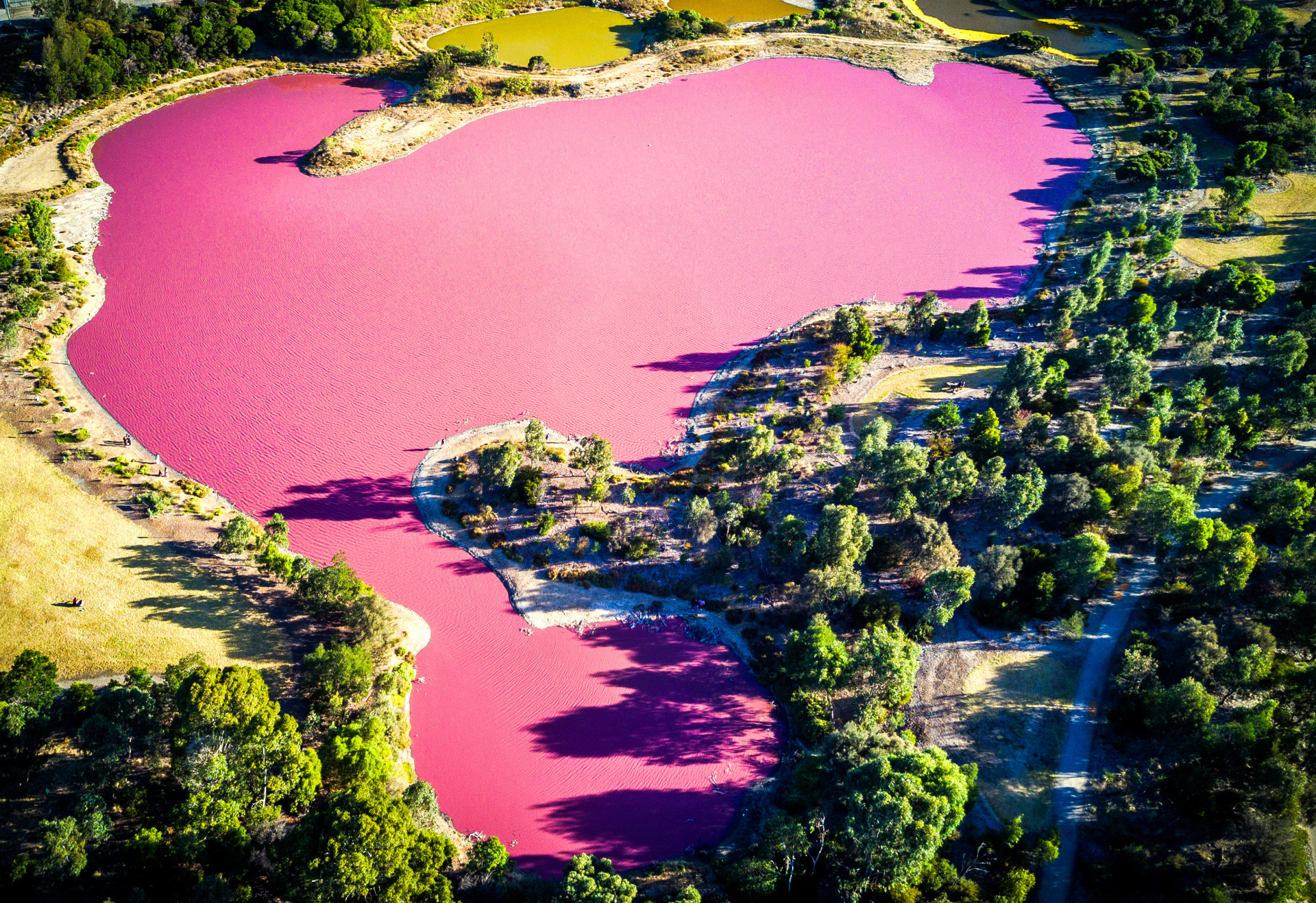The lake on the island of Maui is twice as salty as sea water due to drought, providing an ideal environment for salt-loving archaea, turning the lake water a lotus pink.
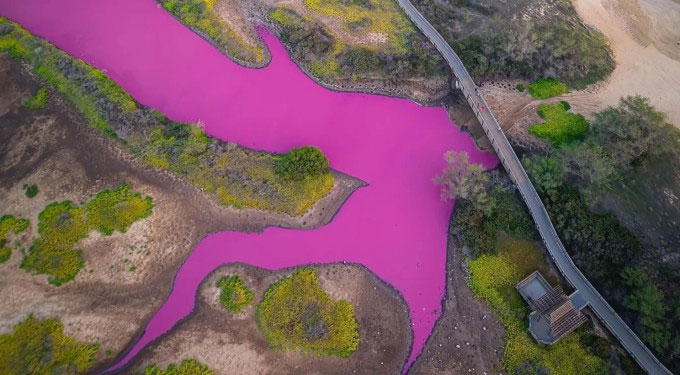
The lake at Kealia Lake National Wildlife Refuge is dark pink due to the effects of drought. (Photo: CNN)
A lake in Hawaii turns dark pink like an alien scene. The water in Kealia Lake National Wildlife Refuge, one of several coastal mangrove swamps on the island of Maui, has been bright pink since at least October 30, after salt levels spiked amid the drought. serious. Water samples sent to the University of Hawaii show that halobacteria are responsible for the lake’s unusual color, according to the US Fish and Wildlife Service.
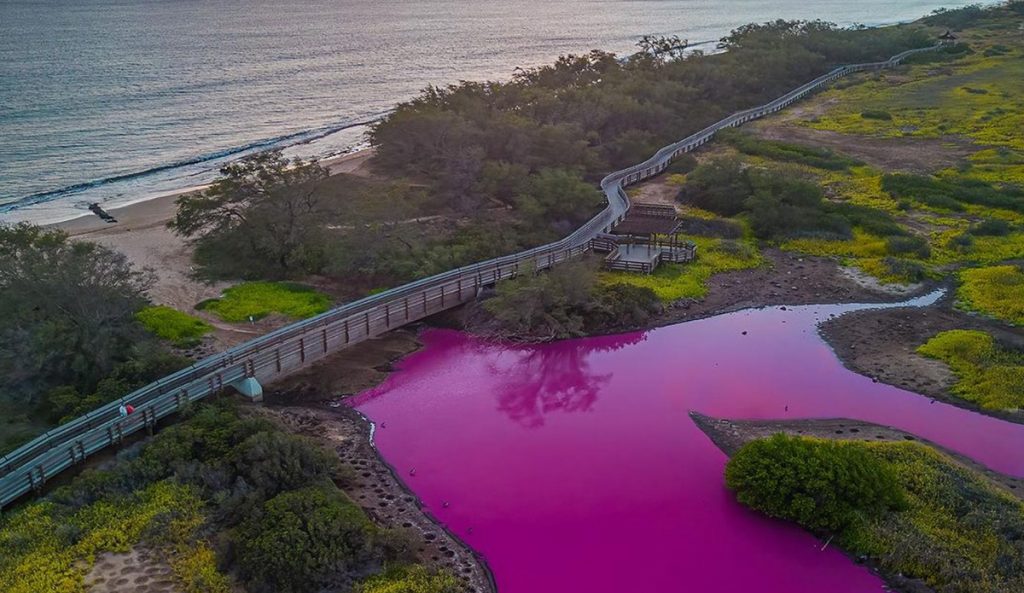
Halophilic archaea are single-celled organisms that thrive in very salty water such as the Great Salt Lake and the Dead Sea. This bacteria is considered an organism that can withstand extreme conditions due to its ability to live in harsh environments, here with a salinity twice as high as seawater.
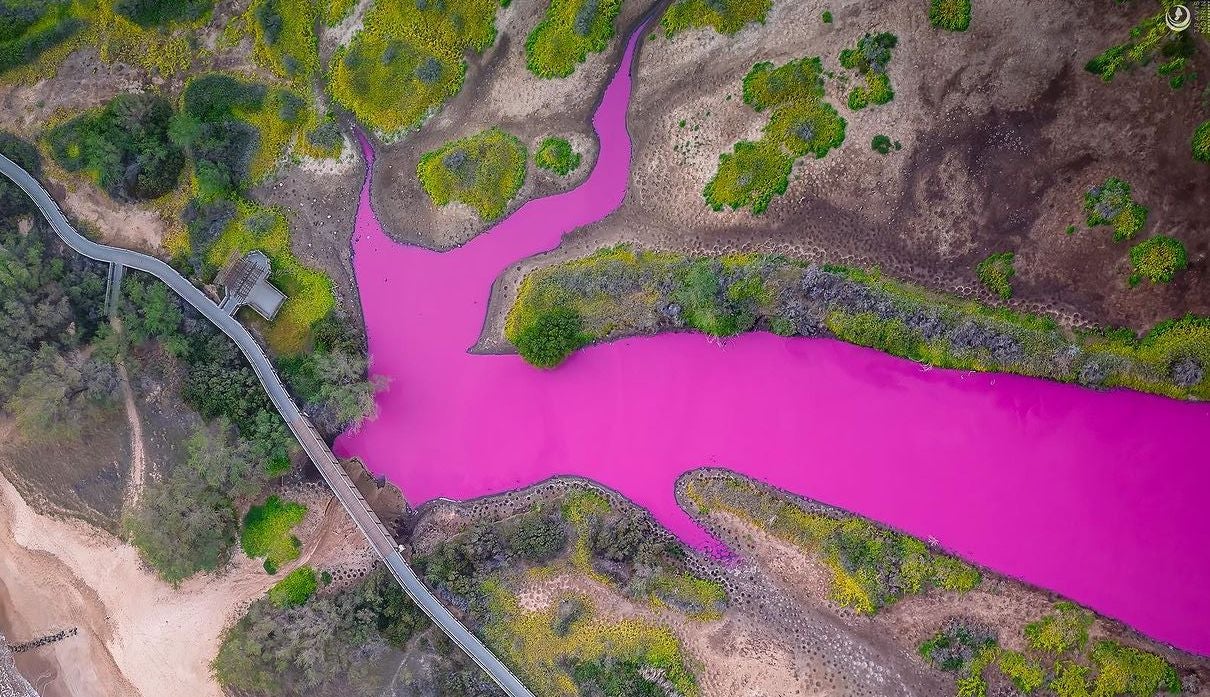
Although the name Kealia means “salt residue” , the lake’s salinity has increased far beyond normal levels due to Maui’s prolonged drought. The entire island is experiencing severe drought, according to the US Drought Monitor (USDM). The location of the Kealia Lake conservation area is in the worst drought area at level 2 according to the USDM classification scale.

The Waikapu Stream, which brings water from the West Maui Mountains into Kealia Lake, also flows through the drought area. Less fresh water flowing into the lake pushes salt concentrations up, providing a breeding ground for salt-loving archaea.
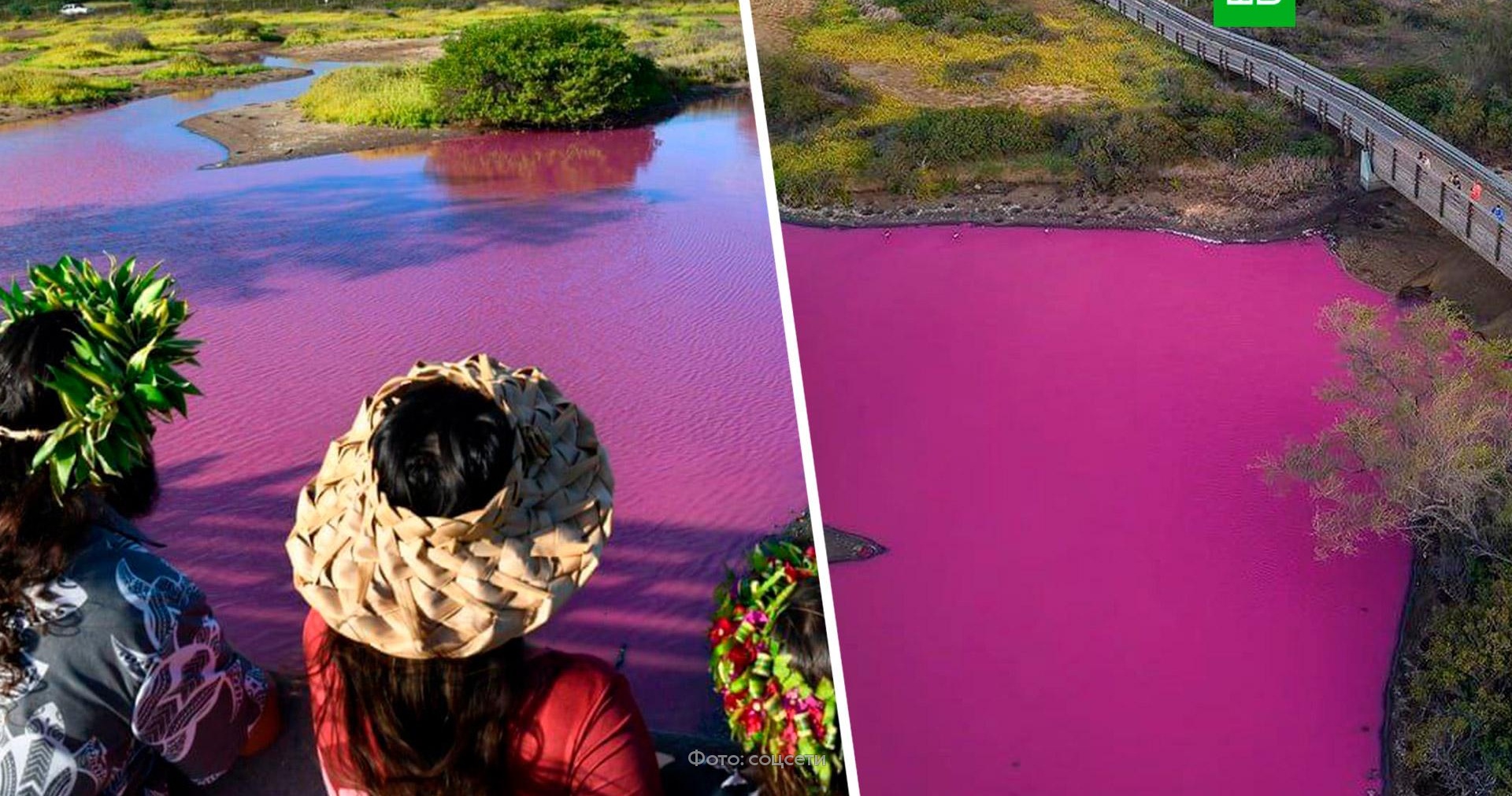
About 90% of Maui County, including the other islands, are in prolonged drought from the fierce wildfires that swept through Lahaina in August. Scientists are still studying how the climate crisis affects Hawaii . But researchers predict droughts will become more severe as global temperatures rise, even in the tropics.
